The story of Ghana's favourite genre – part 2
This article continues a treatise of the hiplife genre in Ghana.
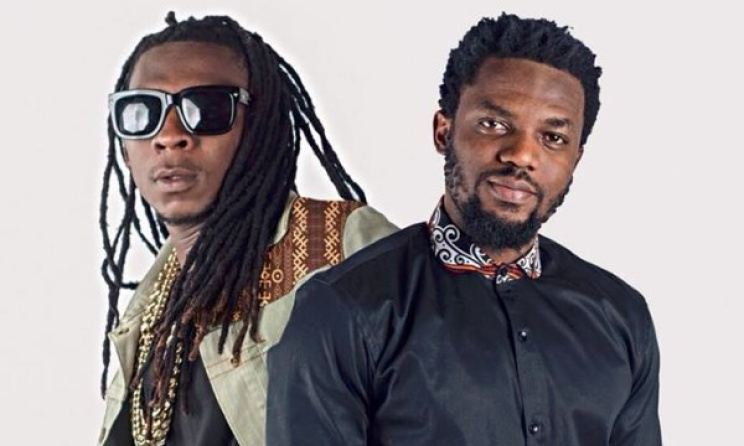 R2Bees is a contemporary hiplife duo. Photo: Facebook
R2Bees is a contemporary hiplife duo. Photo: Facebook
Early days of hiplife
The early days of hiplife were pretty straightforward. The music was based on sampled hip hop beats with lyrics delivered in predominantly Twi or Pidgin English. It was the Reggie Rockstone era but also comprised Eddie Blay with the Native Funk Lords (NFL), Kweku T of Big Brother Africa fame with Talking Drums, Nana King of the DC-based Ashanti International crew, radio personality Swift and Barima Sidney with Omanhene Pozo as Nananom.
Other names from that era include Keteke, Cy Lover, radio and television personality Root I and General Marcus who went to Jamaica during this time to record his first album and enjoyed an interesting period as a reggae-dancehall artist. This era led to further experimentations with infusions of local rhythms and beats into the predominantly hiplife mix.
Significantly, engineers like Panji Anoff and Zapp Mallet who worked with the talent of the day were very keen right at the onset about the introduction of local or ethnic rhythms into the music. Both have continued to champion this position in their subsequent work. Zapp, by producing Lord Kenya’s string of hit albums, dominated the hiplife scene of the early decade.
Panji produced King Ayisoba’s fusion hit song ‘I Want to See You My Father’ which launched Ayisoba’s career and paved the way to an international career in which he is doing many international gigs. Two songs stand out from this era – Rockstone’s ‘Keep Your Eyes on the Road’, which was based on K Frimpong’s ‘Kyenkyen Bia Adimawu’ and Akyeame’s ‘Masan Aba’.
The duo of Okyeame Kwame and Okyeame Quophi has since gone on to illustrious solo careers with the latter eventually branching into media and production of movies and other content while the former, aka Rap Dacta, keeps reinventing himself.
The rise of hiplife was in no small way aided by the birth of private media in Ghana. Radio stations like Radio Gold, Vibe FM and Groove FM gave ample airtime to the new genre and one of the owners of Groove FM George Brun’s studio was where Rab Bakari and Reggie began cooking up beats. The plurality of the media at this time created a much-needed outlet for the music with the private print media offering an avenue for reviewing the music and promoting these new talents.
The introduction of the Kiddafest and Fun World programmes by the National Theatre was another catalyst in the evolution of the genre and provided an avenue for the discovery of many a budding talent. Artists like Tic Tac, Ex-Doe and Chicago, Buk Bak, VIP and the late Terry Bonchaka all saw fame through the National Theatre route. The organisers of these state-sponsored events insisted on the performers rapping in a local language. This route impacted significantly on the development of talent and broke a key barrier to entry into showbiz, which is musicianship or the ability to play an instrument or perform with a band. This afforded young talents an opportunity to develop their art. Tic Tac’s classic ‘Philomena’ and Buk Bak’s ‘Kome Ke Kenan’ showcased the energy and skill of the storytelling possessed by young hiplife artists.
By the turn of the century, the dominance of local rhythms and Twi raps over hip hop in the mix was becoming pronounced. Prominent among the pack were Obrafuor and Obour, the current Musicians Union of Ghana (MUSIGA) president, who as a student and later a graduate of the School of Performing Arts brought in a dimension steeped in the traditional Asante rhythms and a warrior persona on stage. Obour recalls a story of when as a performer he had a show in the Brong Ahafo Region. After performing his usual set, the fans refused to let him leave the stage saying he was an imitation of the real Obour because he had not eaten the bottles and fire he ate in his videos. Obrafour’s hallmark was deep lyrical content as conveyed by the song ‘Dr Kwame Nkrumah’.
With Nana Poku, aka Hammer of the Last Two, they created an infectious and eerily familiar rhythm which Hammer describes as African grooves with Western strings. This was a reflection of the jama beat of the Ga people of Accra. This unique combination of groovy Ga jama rhythms and Akan lyrical dexterity created a unifying and national identity for hiplife. Hammer went on to discover talents such as Kwaw Kese, Edem, Tinny and the biggest of them all, Sarkodie.
Another giant of the early days of hiplife was Lord Kenya who is now an evangelist. Kenya was the epitome of showmanship who threw his all into energetic performances. For more than a decade, he was the reference point for hiplife, sweeping awards and performing both in Ghana and abroad.
Among this galaxy of male hiplife stars were Abrewa Nana and much later Mzbel. Abrewa Nana predated the current crop of divas and she held her own with a number of hit songs. Mzbel, who was a sex symbol, bounced onto the scene with a sexuality that was unheard of for a woman in Ghanaian showbiz. Mzbel, flanked by her dancers, brazenly flaunted her sexuality through electrifying performances. From the Western Region there was TH4 Kwagees, which featured Scooby Selah, now Fiifi Selah, Atsu Koliko and Shortman with an infectious delivery of Fante lyrics cut over a dancehall-inflected hiplife groove. The likes of Bandana, now Shatta Wale, also dates to this era when he enjoyed the limelight with a number of hits. Samini’s early days were marked by collaborations with hiplife and highlife acts when his trademark “Gboi” delivered on a song was a seal of a hit.
Rockstone recalled the genesis of hiplife in an interview with me in the late 1990s when he spoke about a range of issues. “I started out as a dancer then did some rap work in New York, London, then we had PLZ…” he recalled. On his return to Ghana, his partner Freddie Funkstone, who he left in London, kept the flame burning. According to Reggie, he came to Ghana initially to do a solo project to raise some money and fund the Western project but then realised that he had started a whole movement. So he thought, “If I am pioneering it then I might as well stay and be part of the making of it because it’s historical. We haven’t had a musical change in Ghana musical circles since Burger highlife.”
Rockstone indicated in the interview that he actually felt like he was really in the mix of the movement and very much a part of it even as a new generation of hiplife artists came into the game. For him the rapid development of the genre in the space of five years from 1994 to 1999 was phenomenal. He recalls some of his influences as figures from the American scene as usual, with cats like LL Cool J dominating his playlist. However he notes that as you develop, your own style comes through. Hence the likes of Tic Tac who started out with the Buster Rhymes style of rap but evolved into developing his unique style. Rockstone also recalled the eclectic span of his musical influences ranging from the music of Fela Kuti to Michael Jackson.
As to the genesis of the name hiplife, he says, “I don’t do highlife, I do hip hop, and I am into rap music and so my only collaboration with culture was to bring the language into it so that’s why I named it hiplife ‘cause our own popular music form is highlife so I try to create a little identification, that’s why I call it hiplife. To tell you the truth, what I really do is hip hop and hip hop is the most African orientated music that you can have out there. No doubt when people say it’s Western I insist it’s not white people rapping and the black people’s origin is Africa and the style of rapping can be traced right down to the okyeame, the linguist.”
For him, the challenge of authenticating hiplife is down to the musicians themselves. He spoke about the avant-garde experimentations he had done on K Frimpong’s song and Akyeame’s use of highlife rhythms and expressed the hope that the trend would develop. Interestingly enough, the likes of Obour, Obrafour, Buk Bak and others took that trend to fresh levels. The Oseikrom President, as he is dubbed, recalled Panafest 1999 as a watershed moment for him. Another show he recalls fondly was his performance at the Buju Banton concert. His appeal with music lovers has to do with his people skills where he is eager to please his fans. According to him, he shakes over a thousand hands daily. He also spoke about his collaborations with highlife artists and applauded the ‘Maestro’ Kojo Antwi for putting him on a big stage for the first time during the annual 24 December show at the National Theatre. He says his dad, Ricci Ossei, a fashion designer of international repute, was a huge supporter, opening doors and making things possible for him.
The advent of Reggie Rockstone led to the creation of a whole movement which grew so fast that by 2000 hiplife was creating jobs along the entire value chain – from the studios where the artists recorded their music through the marketing stage to performance and consumption. Studios sprung up devoted to the genre, engineers began to become associated with the brand with engineers like Zapp, Roro, JQ and later Appietus, becoming some of the preferred engineers who were sought after and believed to possess a magic wand that conjured up hits.
Producers like Goodies and Agiecoat doled out advance payments for artists to record albums for them. Management deals were penned as hiplife became a conduit out of poverty to fame and possible wealth. Along the line, hiplifers experimented with various fusions such as during the crunk era when nearly every hiplife artist cut a crunk track.
Artists like Tic Tac embarked on world tours, Obour and AB Crentsil went on the Best of the Lives tour with an exciting album that covered AB Crentsil’s all-time hits recorded with Obour’s energetic rap. Other artists of the era who enjoyed the limelight during the transition period of hiplife included Hammer of the Last Two’s protégés Kwaw Kesse, aka King of the Streets, Edem, Tinny and Sarkodie. Groups like 4x4, an offshoot of Buk Bak, VGMA 2012 Artist of the Year R2Bees, VIP now transformed into VVIP following the resignation of Promzy and his replacement with Reggie Rockstone, and Akatakyie were some of the groups that excited Ghanaians with their brand of hiplife and most of them still either release regularly or still rock shows when given the opportunity.
This is an excerpt from Ahuma Bosco Ocansey’s forthcoming book Conversations on the Creative Arts in Ghana. Stay tuned for the third instalment of this four-part serial.














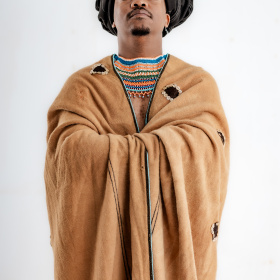



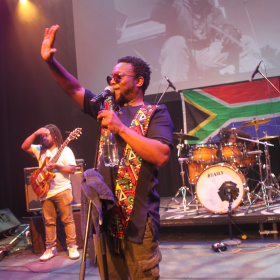
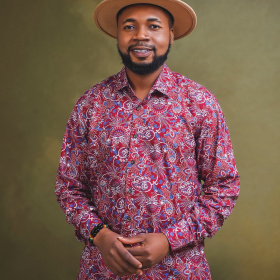
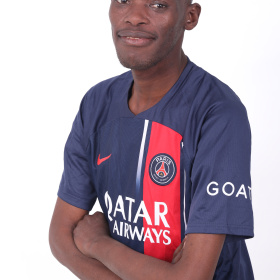

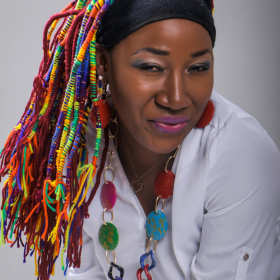

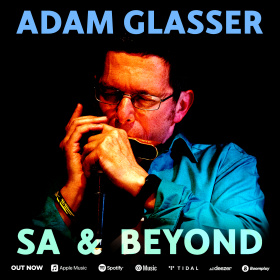

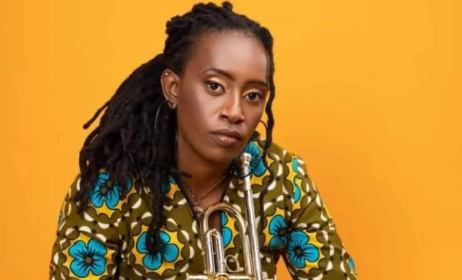
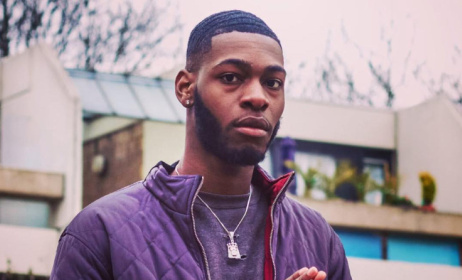
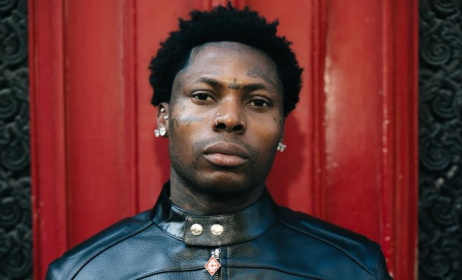
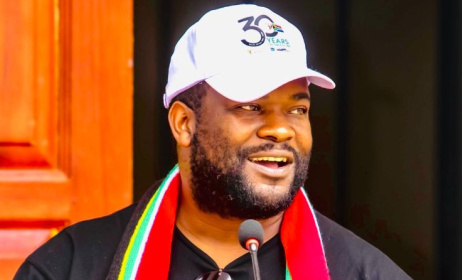
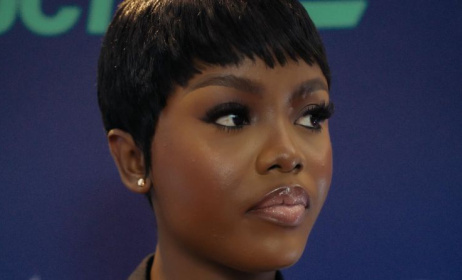

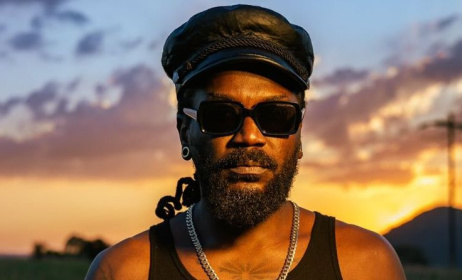
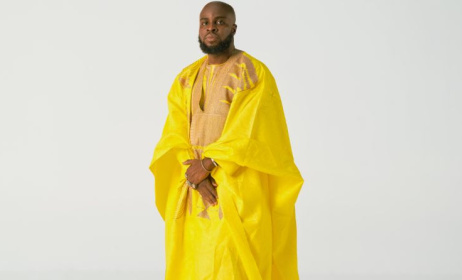
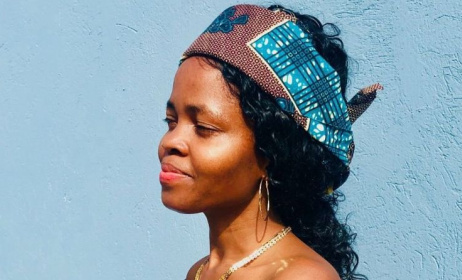
Comments
Log in or register to post comments